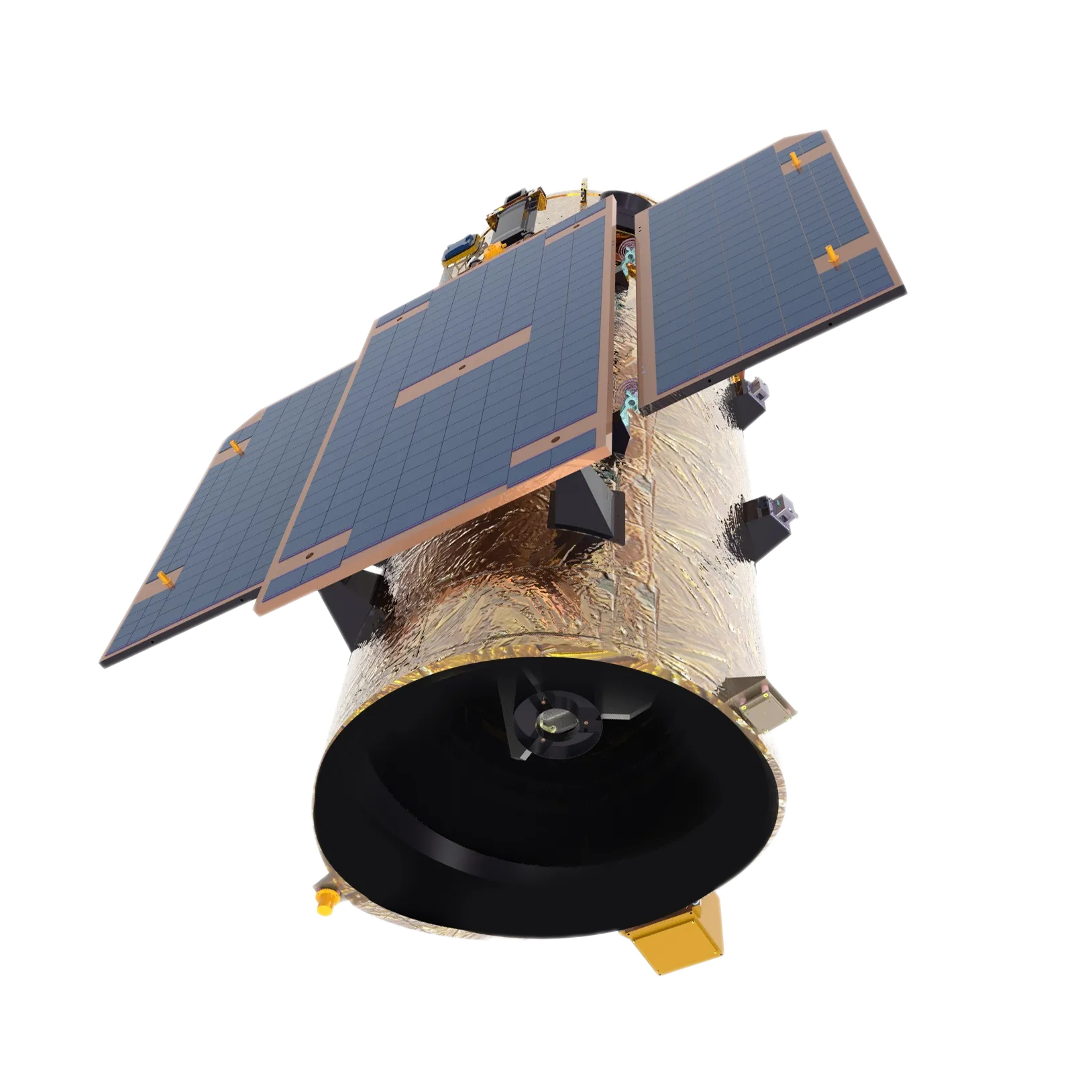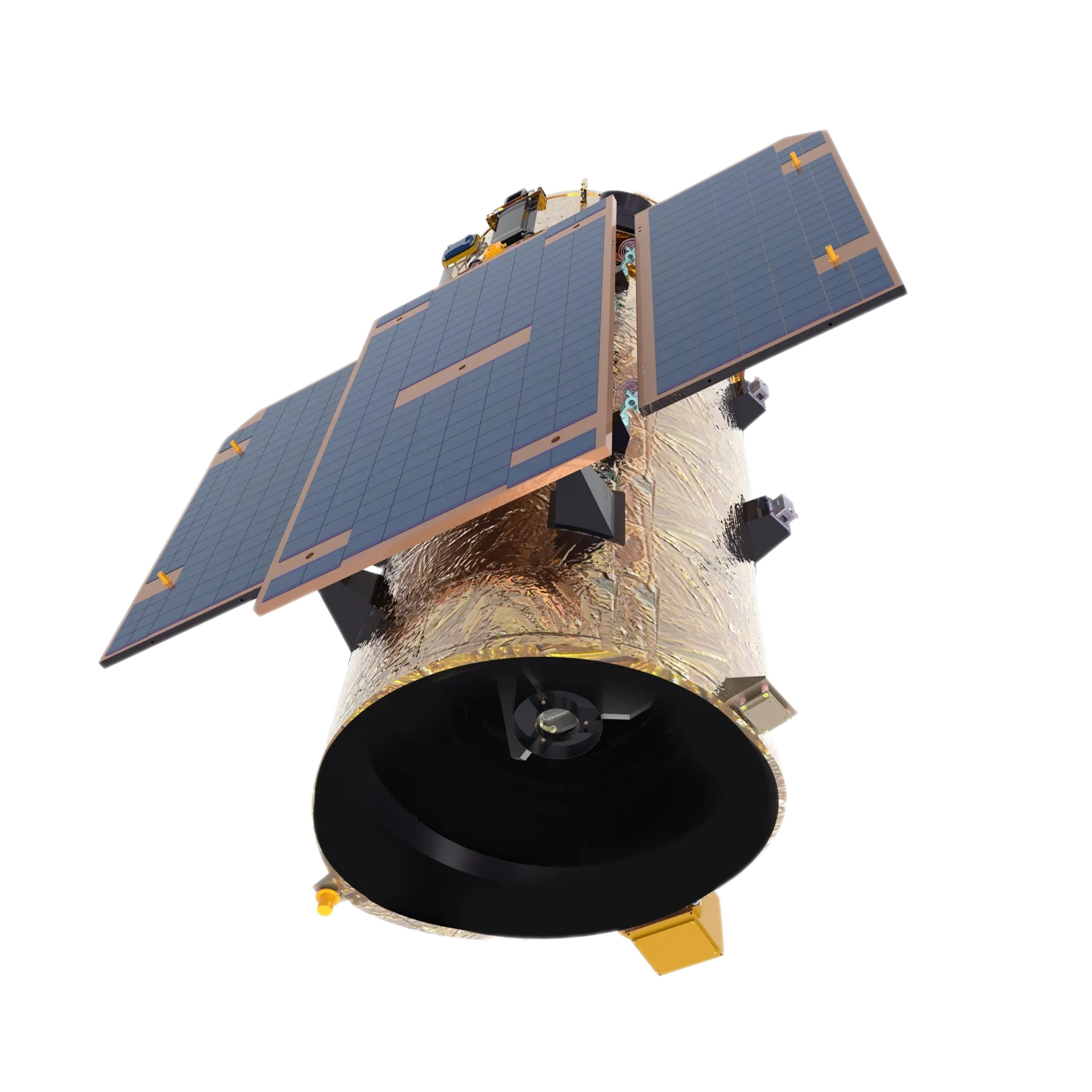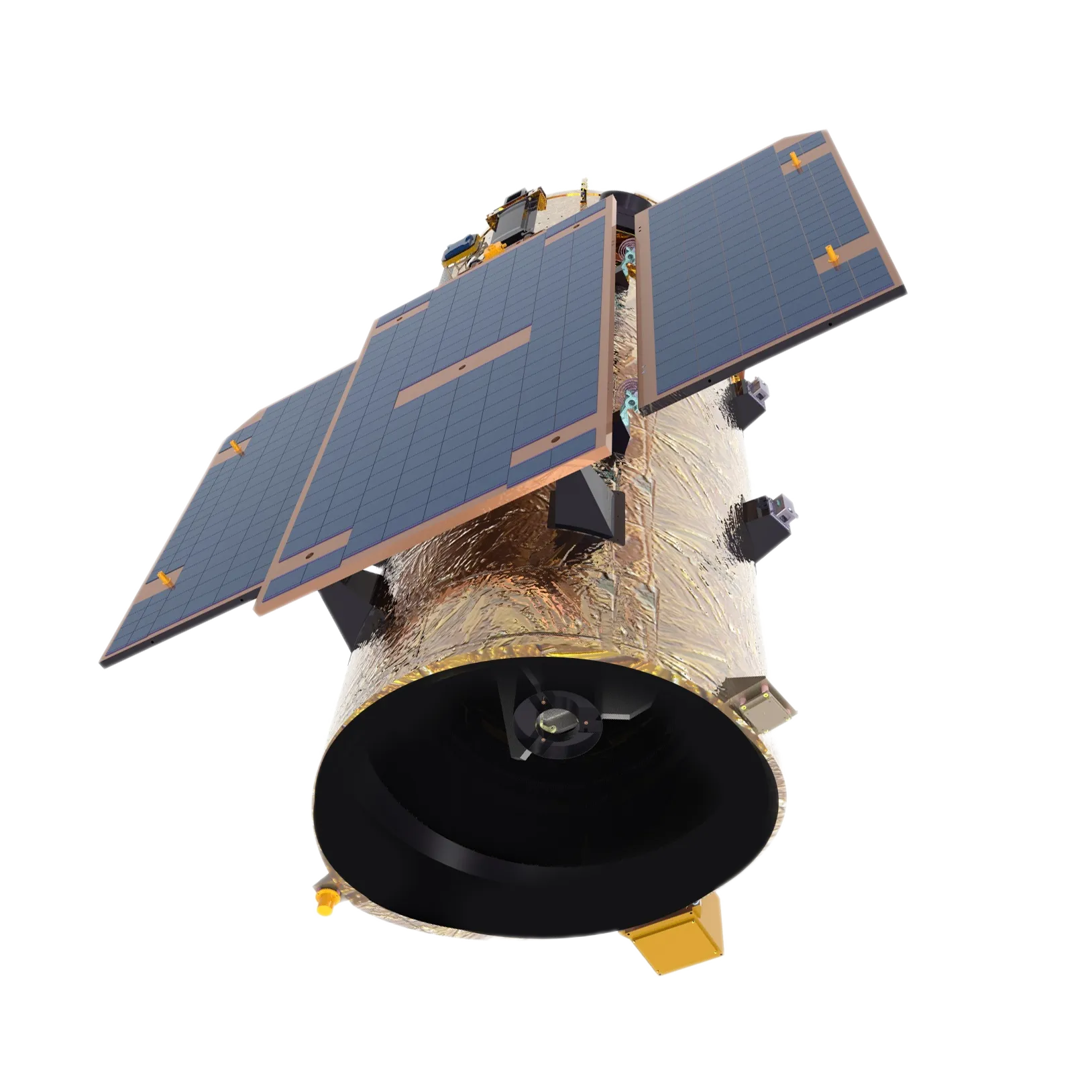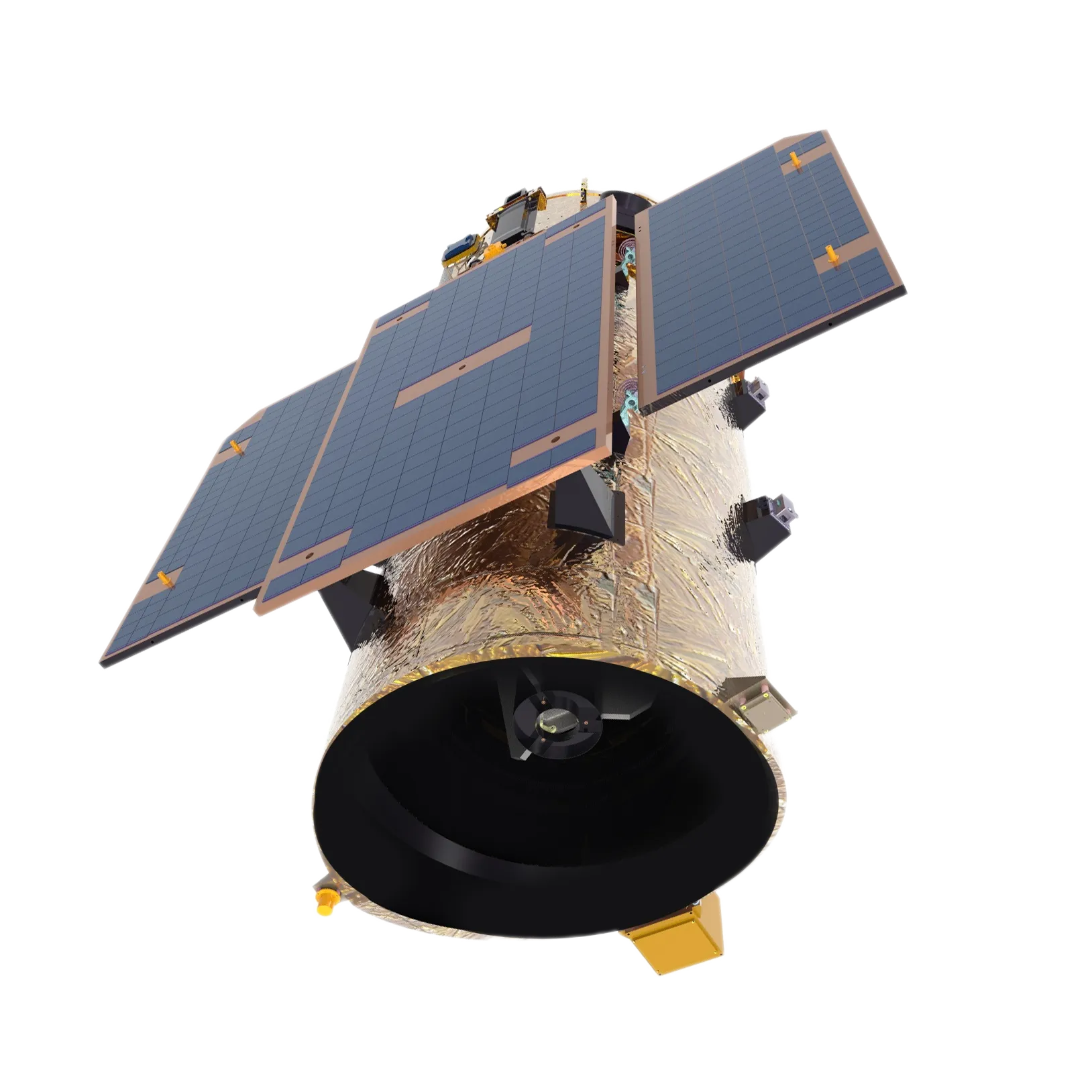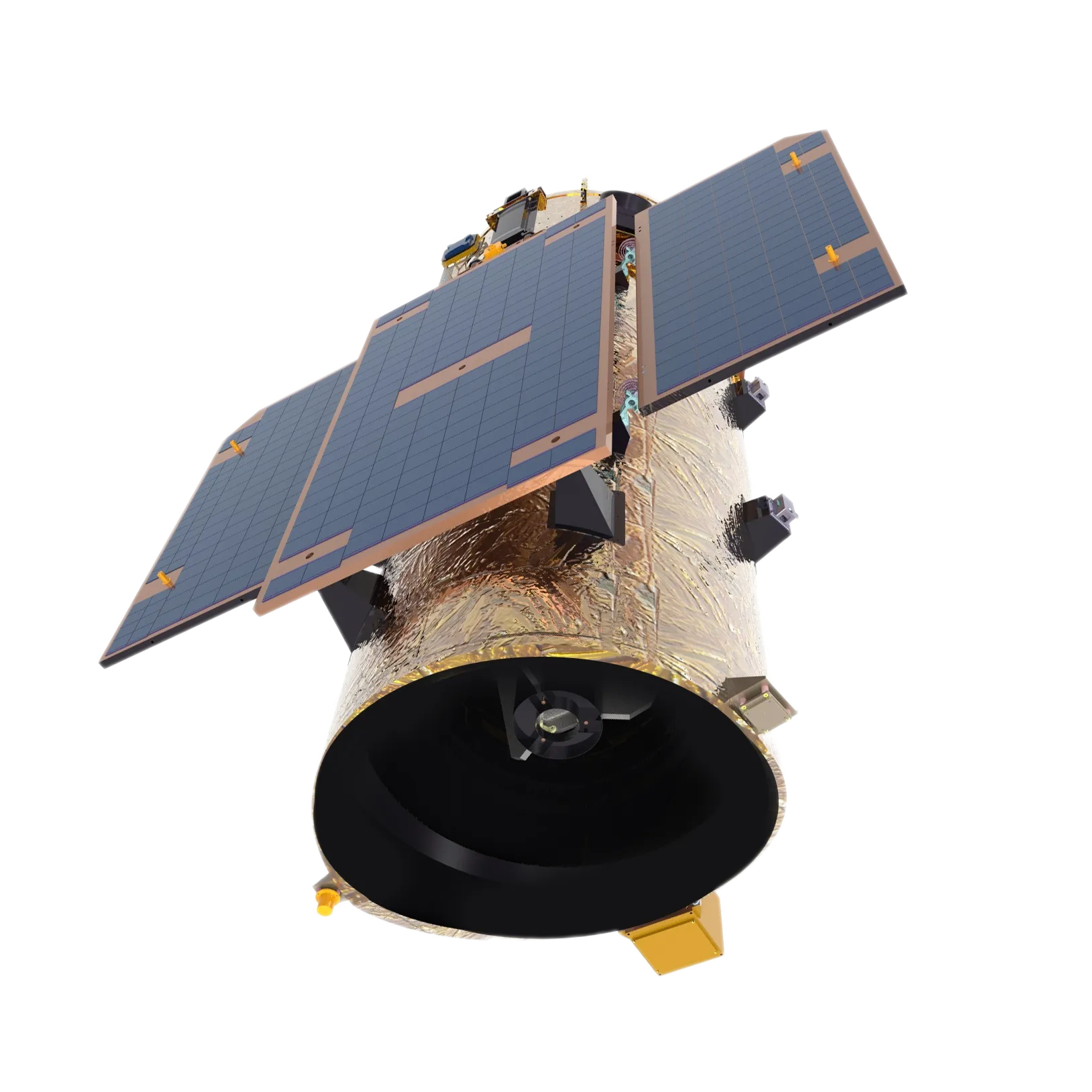
- Afrikaans
- Albanian
- Amharic
- Arabic
- Armenian
- Azerbaijani
- Basque
- Belarusian
- Bengali
- Bosnian
- Bulgarian
- Catalan
- Cebuano
- China
- Corsican
- Croatian
- Czech
- Danish
- Dutch
- English
- Esperanto
- Estonian
- Finnish
- French
- Frisian
- Galician
- Georgian
- German
- Greek
- Gujarati
- Haitian Creole
- hausa
- hawaiian
- Hebrew
- Hindi
- Miao
- Hungarian
- Icelandic
- igbo
- Indonesian
- irish
- Italian
- Japanese
- Javanese
- Kannada
- kazakh
- Khmer
- Rwandese
- Korean
- Kurdish
- Kyrgyz
- Lao
- Latin
- Latvian
- Lithuanian
- Luxembourgish
- Macedonian
- Malgashi
- Malay
- Malayalam
- Maltese
- Maori
- Marathi
- Mongolian
- Myanmar
- Nepali
- Norwegian
- Norwegian
- Occitan
- Pashto
- Persian
- Polish
- Portuguese
- Punjabi
- Romanian
- Russian
- Samoan
- Scottish Gaelic
- Serbian
- Sesotho
- Shona
- Sindhi
- Sinhala
- Slovak
- Slovenian
- Somali
- Spanish
- Sundanese
- Swahili
- Swedish
- Tagalog
- Tajik
- Tamil
- Tatar
- Telugu
- Thai
- Turkish
- Turkmen
- Ukrainian
- Urdu
- Uighur
- Uzbek
- Vietnamese
- Welsh
- Bantu
- Yiddish
- Yoruba
- Zulu
Warning: Undefined array key "array_term_id" in /home/www/wwwroot/HTML/www.exportstart.com/wp-content/themes/1371/header-lBanner.php on line 78
Warning: Trying to access array offset on value of type null in /home/www/wwwroot/HTML/www.exportstart.com/wp-content/themes/1371/header-lBanner.php on line 78
High-Quality Camera Mirrors for Satellite Parts – Precision Components
Explore the evolution, technical parameters, and application scenarios of camera mirrors in space engineering. Discover how SpaceNavi Co.,Ltd. leverages advanced manufacturing for optical innovation, with a focus on Sitall Reflection Mirror.
Email: jl1sales02@space-navi.com
1. Industry Trends: Camera Mirrors in Satellite Parts
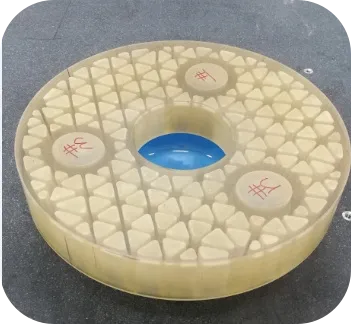
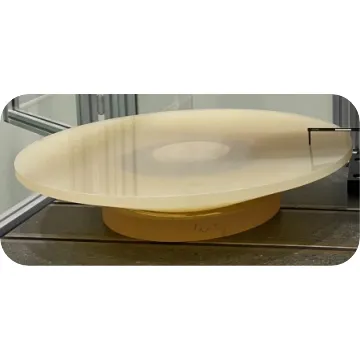
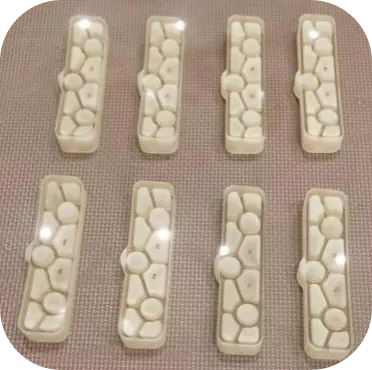
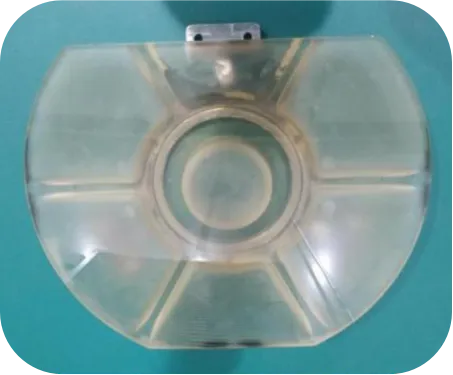

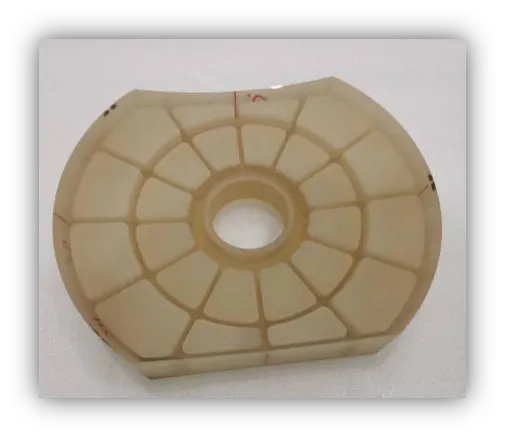
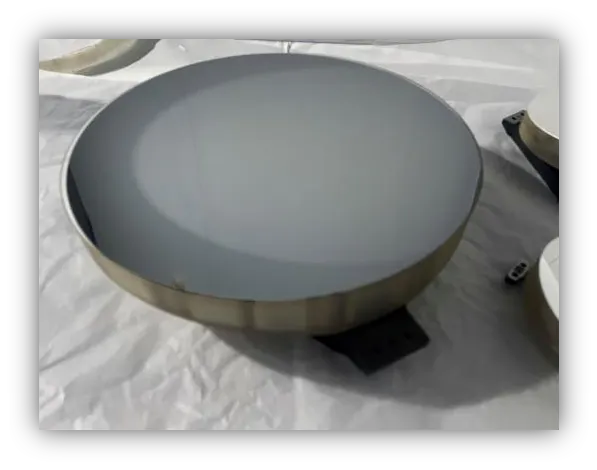
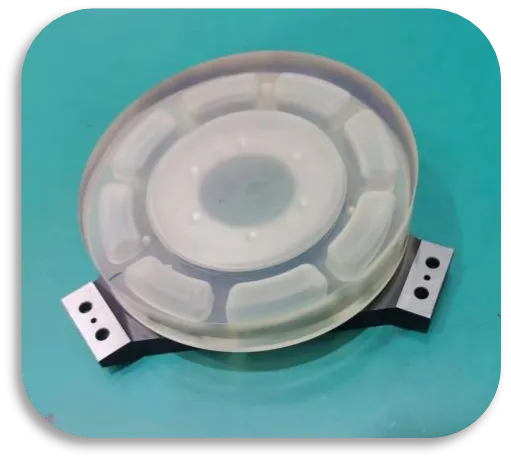
Camera mirrors represent the backbone of modern space imaging, remote sensing, and astronomical observation. With advancements in optical manufacturing and a surge in global satellite launches, the demand for highly-stable, lightweight, and thermally efficient mirrors is skyrocketing.
According to recent reports from SPIE Digital Library, the next decade will witness a strong focus on material innovation, asymmetric/aspherical designs, and edge-cutting CNC processing for satellite parts—particularly those related to optics.
- The component use of mirrors in optical payloads and telescopic cameras has grown at a CAGR of 15% since 2018 (Optica Newsroom, 2024).
- Custom camera mirrors processed with robotic CNC and ion-beam technologies are now standard in high-value missions.
- Price segmentation for major component price brackets indicates that sitall-based mirrors are among the most cost-efficient for precision and thermal stability [ESO, 2014].
2. Product Spotlight: Sitall Reflection Mirror by SpaceNavi Co.,Ltd.
Sitall Reflection Mirror leverages advanced robotic CNC processing, ion-beam figuring, and state-of-the-art polishing techniques. This enables large-aperture, high-precision, and complex surface mirrors, custom-made for diverse satellite and space-science platforms.
- Product Name: Sitall Reflection Mirror
- Material: Sitall glass-ceramic—renowned for extremely low thermal expansion (-7 K-1), stability, and lightweight properties
- Processing: Robotic CNC, ion beam figuring, high-precision polishing, milling
- Finish: Aspherical/asymmetrical, customized to mm/sub-mm accuracy
- Diameter: Up to 1500mm, with exceptional flatness
- Main Applications: Camera mirrors for satellites, high-resolution telescopes, and scientific instruments
- Product Page: https://www.space-navi.com/sitall-reflection-mirror.html

3. Technical Benchmark: Camera Mirrors Parameter Overview
3.1. Common Technical Parameters Table
| Parameter | Typical Value | Unit | Reference |
|---|---|---|---|
| Material | Sitall / Zerodur / ULE | - | SPIE 2021 |
| Diameter | 300 - 1500 | mm | Optica 2013 |
| Flatness | < 15 | nm RMS | OSA Appl. Opt. |
| Surface Accuracy | < λ/10 (@633nm) | - | ESO, 2014 |
| Thermal Expansion | <1×10-7 | K-1 | Adv. Space Res. 2017 |
| Reflectivity | >98.5% | % | Optica |
| Weight Reduction | 30 - 50% | % | Springer, 2022 |
3.2. Visualization: Key Trends in Satellite Camera Mirror Tech
3.3. Sitall Reflection Mirror: Technical Indicators Comparison
3.4. Product Specs: Batch Comparison Table
| Parameter | Sitall Reflection Mirror | Zerodur Mirror | ULE Mirror |
|---|---|---|---|
| Thermal Expansion Coefficient | <0.8x10-7 | 0.0±0.1x10-7 | <1.0x10-7 |
| Max Diameter | 1500mm | 1200mm | 1000mm |
| Flatness | <15nm RMS | <18nm RMS | <25nm RMS |
| Surface Quality | 60/40 (or better) | 60/40 | 80/50 |
| Reflectivity | >98.5% | 98% | 98% |
4. Application Scenarios of Camera Mirrors in Satellite Engineering
Camera mirrors, especially those produced from Sitall, are pivotal in:
- Earth observation payloads: providing ultra-stable imaging for mapping and environmental monitoring.
- Space telescopes: requiring large apertures with minimal distortion or expansion.
- Planetary science probes: exposed to extreme thermal cycles but maintaining precise optical alignment.
- Military reconnaissance: demanding both lightweight and robust satellite parts.
- Commercial satellites: maximizing cost-performance with reliable, batch-produced camera mirrors.
5. Component Price & Cost Analysis of Satellite Camera Mirrors
When it comes to component price, a variety of factors interplay:
- Material Cost: Sitall, prized for its low CTE, offers the best price-to-stability balance, significantly outperforming fused silica and metals.
- Processing Complexity: Robotic CNC and ion-beam technologies minimize labor costs and reduce error rates for intricate aspherical surfaces.
- Batch vs. Custom: Camera mirrors customized per mission specification command a premium, although batch orders (as enabled by SpaceNavi Co.,Ltd.) sharply reduce the per-unit price.
- Coatings & Assembly: High-reflectivity, contamination-resistant coatings can add 10-15% to overall component price.
6. Frequently Asked Questions: Industry-specific Q&A
- Q1. What materials are commonly used for manufacturing camera mirrors?
- Sitall, Zerodur, and ULE are the leading materials due to their exceptionally low coefficients of thermal expansion (CTE), excellent dimensional stability, and suitability for high-precision optical manufacturing.
- Q2. What are the critical specifications for satellite camera mirrors?
- Key specs include flatness (usually <15nm RMS), diameter (up to 1500mm), surface accuracy (λ/10 or better), surface roughness (low nm scale), and mechanical lightweighting for launch.
- Q3. How are these mirrors installed and aligned in space payloads?
- Standard aerospace mounting solutions involve flexure or kinematic mounts. Alignment is handled with reference fiducials and active metrology during integration, often using laser trackers.
- Q4. What international standards govern component use in satellite mirrors?
- ISO 10110, MIL-PRF-13830B, and ECSS-Q-ST-70-18C provide guidelines for specification, surface quality, and space-environment compatibility.
- Q5. How does the component price vary for batch vs. custom mirrors?
- Batch manufacturing (50+ units/year) can bring down unit cost by as much as 30% over single custom runs, owing to process scaling, tooling amortization, and reduced QA labor.
- Q6. What finishing processes ensure the high performance of camera mirrors?
- Robotic CNC processing, ion-beam figuring, and sub-aperture polishing are industry standards. Surface cleanliness and AR/hard-coatings are also critical for optical quality and longevity.
- Q7. What trends are shaping the future of camera mirrors for satellites?
- Modular and ultra-light designs with edge sensors for active correction, enhanced surface functionalization, and further automation via AI-driven CNC/metrology are key drivers in the next decade.
7. Why Choose Sitall Reflection Mirror from SpaceNavi Co.,Ltd.?
- Industry Authority: Recognized by top forums and journals for advanced materials and manufacturing (SPIE, ESA).
- Custom Innovation: Fast turnaround from design to delivery, thanks to in-house robotic CNC and ion-beam infrastructure.
- Scalable Solutions: Capable of both single custom units and large-scale batch orders—with optimal stability and cost.
- Integrated Expertise: End-to-end support from requirement capture to post-delivery optical testing.
- SPIE Digital Library – Conference Proceedings
- Optica Newsroom – Satellite Optics Market Expands with High Precision
- European Space Agency — Space Optics Put into Focus
- ESO: Design & Fabrication of Large Telescope Mirrors
- Springer: Lightweight Space Optics
This is the first article






